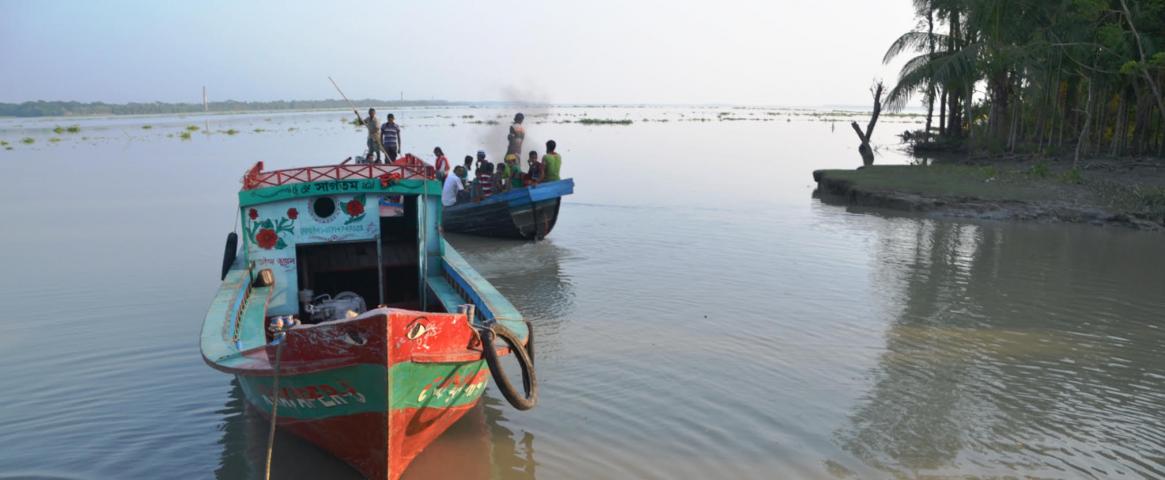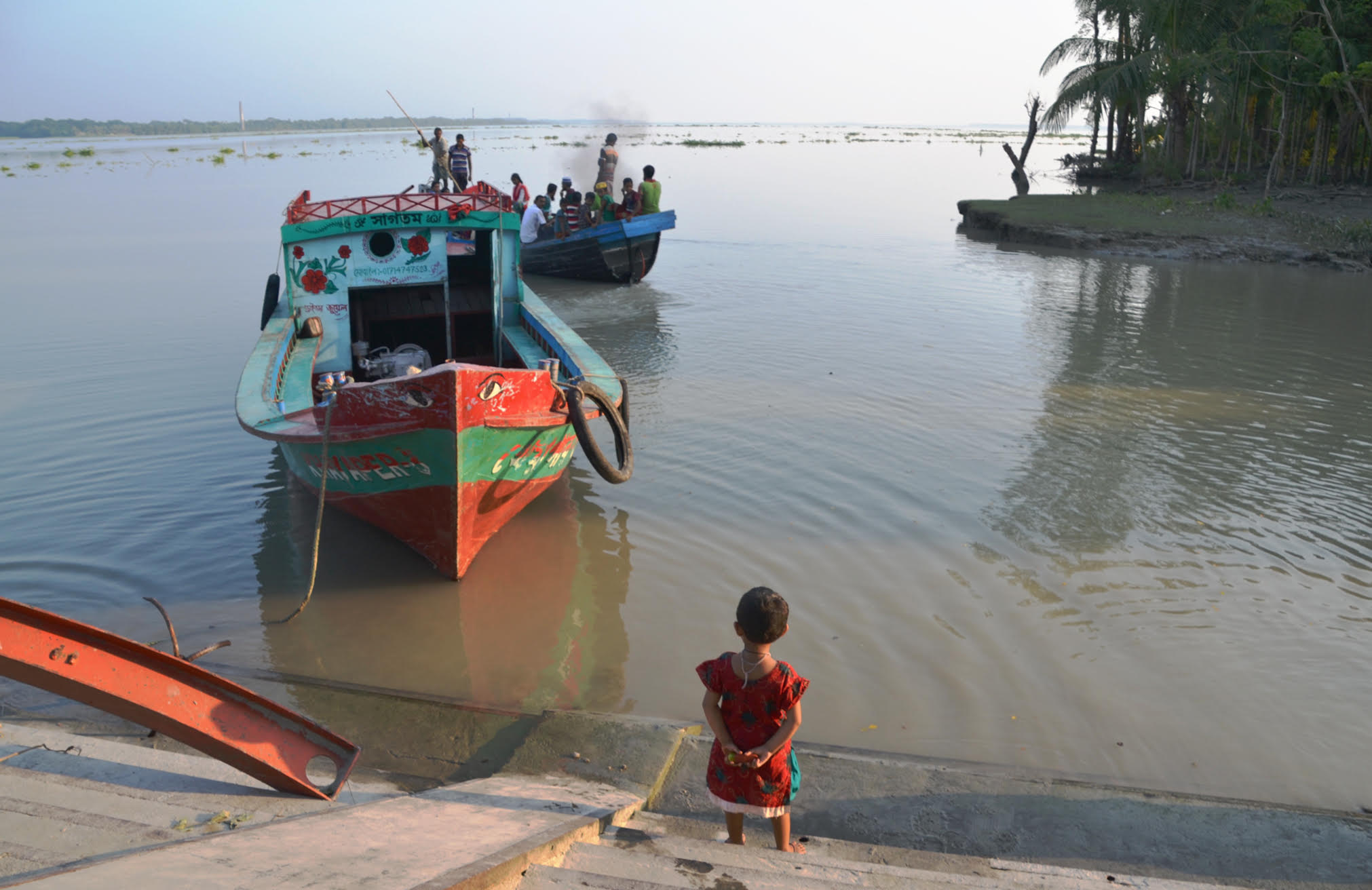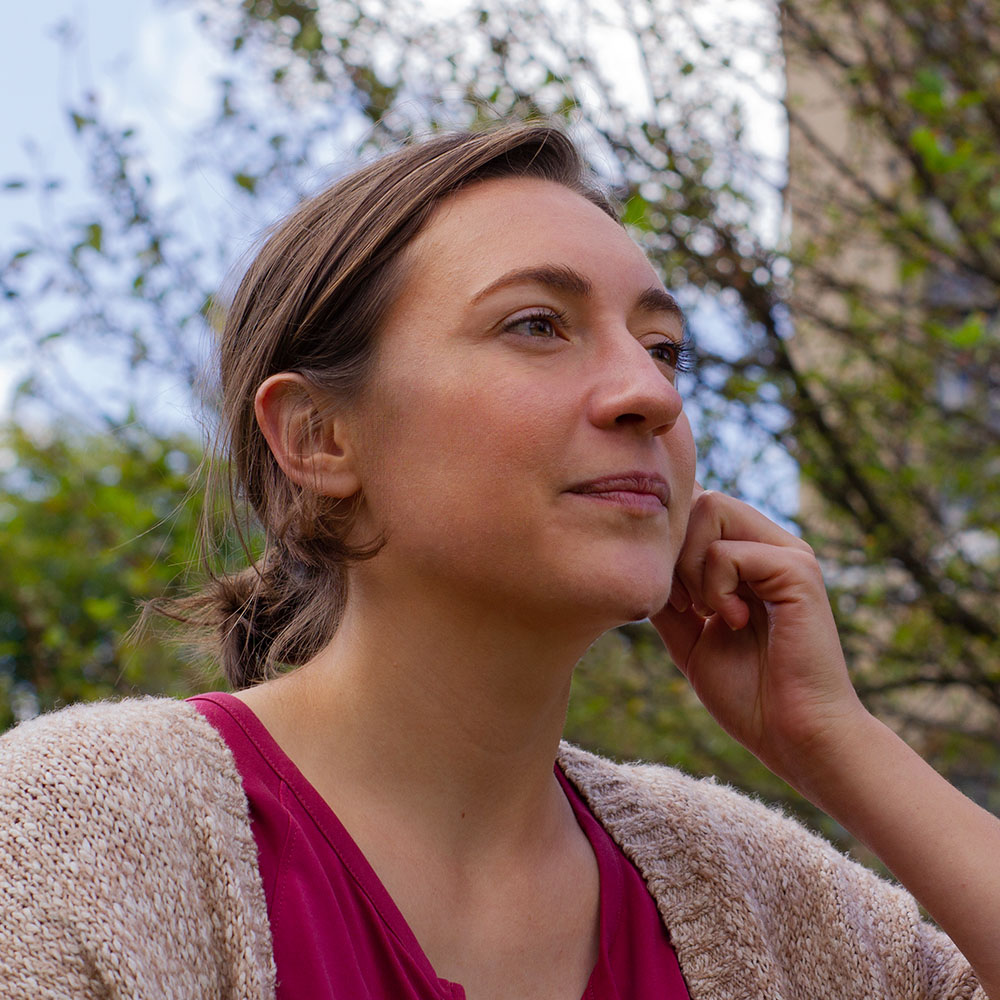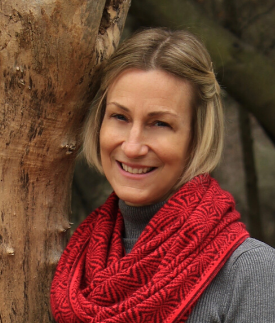By Caitlin Faulds
Women suffer disproportionate deaths when cyclones crush into low-lying Bangladesh and, according to new research, gender roles may be to blame.
In an article recently published by Climate Risk Management, global health and climate change researcher Sonja Ayeb-Karlsson reveals a clear divide in men’s and women’s disaster response. This divide, Ayeb-Karlsson says, could effectively trap women at home in the face of oncoming cyclones and contribute to death rates that have historically been more than five times that of men.
“When access to disaster preparedness training, early warning messages, shelter space or post-disaster relief is gendered,” she writes, “social positions determine life and death.”
There’s a perception, says Ayeb-Karlsson, a senior researcher at United Nations University and lecturer at the University of Sussex, that women are less likely to evacuate to storm shelters and more likely to face life-threatening situations because they don’t receive adequate warnings.
But after conducting research in three sites across Bangladesh from 2014 to 2018 and interviewing more than one hundred community members, Ayeb-Karlsson says this isn’t necessarily true.
“Most people expressed that they did get the warning messages and knew that the cyclone was approaching,” she says, “but they sometimes for different reasons felt that they couldn’t or didn’t want to evacuate.”
In Bangladesh, Ayeb-Karlsson says, that decision often comes down to social pressures and stigmas attached to traditional gender roles.
Many women feel responsible for the safety of the house and therefore stay behind to protect it, according to Ayeb-Karlsson. Others worry that evacuation could pose a risk to their integrity and privacy, fearing sexual harassment and abuse en route or in the shelters.
“For some women — and especially younger women who weren’t married — even a rumor of someone pointing out that ‘I think something may have happened to her in the shelter during the cyclone strike,’ could mean that she would find it more difficult to marry,” Ayeb-Karlsson says.
Women are forced to weigh the long term, social risks of evacuation against the short term cyclone danger, argues Ayeb-Karlsson, and they often choose the latter.
With cyclones expected to worsen due to climate change, Ayeb-Karlsson says there is a pressing global need to acknowledge the impact of gender on climate change immobility.
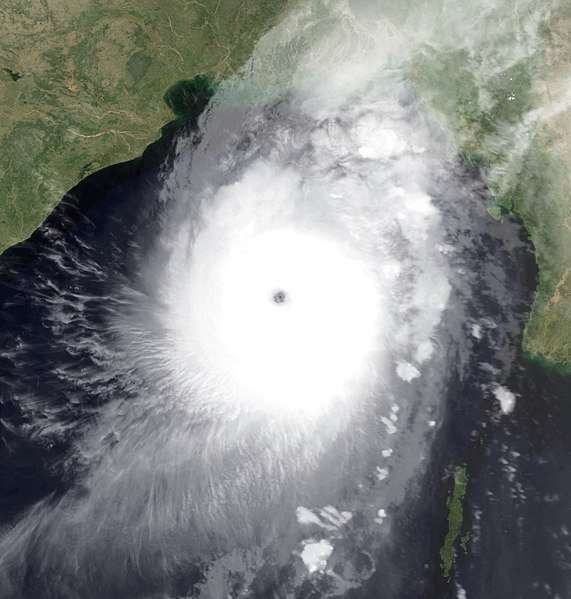
She says these gendered power relations are at play around the world — not just in Bangladesh and not just in developing countries. In the U.S., for example, she says “… it has been reported that single black women” face the biggest hurdles to hurricane recovery.
“It’s such an important thing,” she says. “If you want to understand why people move, or why they feel like they can’t move or why they’re trapped or immobile, I think you need to look deeper into gender roles.”
More broadly, Ayeb-Karlsson — who has previously worked on issues of migration, children’s and minority rights, and mental health — feels there’s more room for the social sciences in climate risk research.
Attention in this regard is slowly growing, she says, especially with the inclusion of environmental ethics and equity in the Intergovernmental Panel on Climate Change’s ongoing Sixth Assessment Report. But she says the social angles of climate change are often overshadowed by a focus on natural systems and environmental science.
As important as that environmental focus is, she explains “in the division between humans and the environment, sometimes we end up forgetting about the people.”
To her, social science methodology borrowed from psychology or anthropology can help ensure “the people who are facing and dealing with climate change impacts get a face and an identity,” she says. This tactic can be a useful tool, she says, to understand the real, lived experiences of different communities and adjust policy to match.
“When you research or look at climate change from a people-centered perspective,” she says, “it is all about human rights.”
Caitlin Faulds is a multimedia environmental journalist currently pursuing her M.S. in journalism at Boston University. Follow her @FauldsCaitlin.
This story was produced as part of NASW's David Perlman Summer Mentoring Program, which was launched in 2020 by our Education Committee. Faulds was mentored by Jennifer_Junghans.
